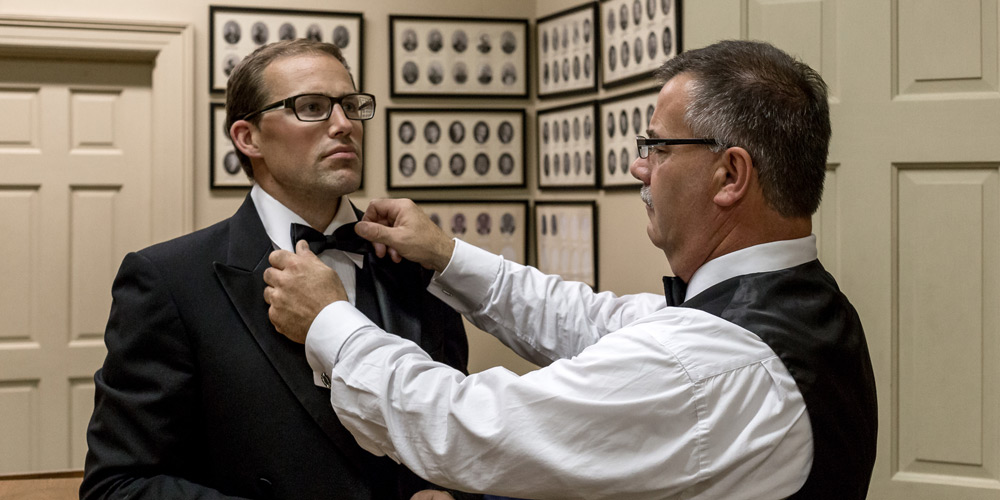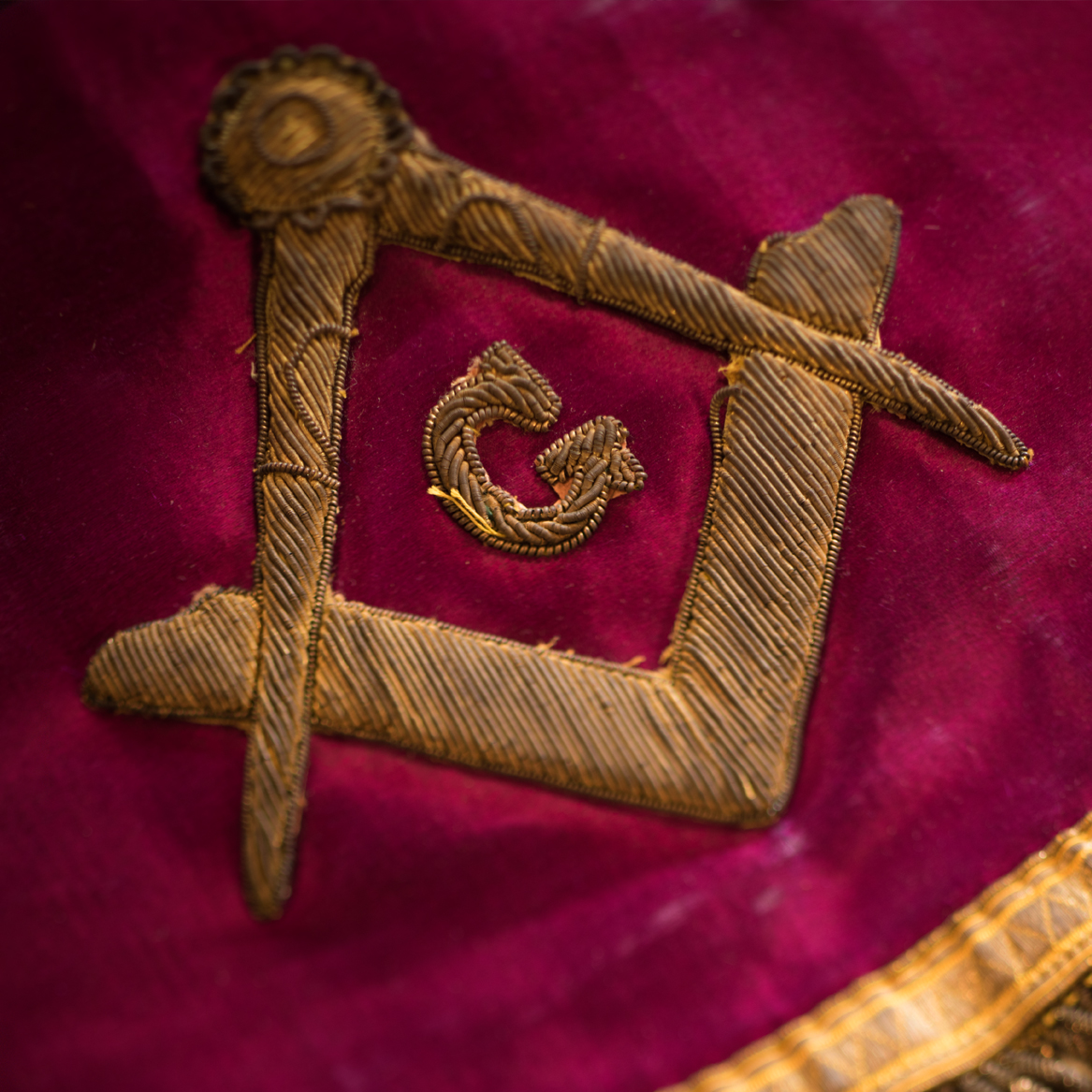Discover the Keys Behind the copyright and Their Impact on Culture
The copyright, usually shrouded in misconception and conjecture, offers a fascinating instance study of just how historical perfects can morph into modern-day conspiracy concepts. As we discover its beginnings, influence on innovative idea, and portrayal in modern society, we begin to reveal the layers of intrigue that continue to mesmerize society.
Origins of the copyright
The copyright, often shrouded in secret and supposition, traces its beginnings back to the late 18th century. Understood as the Bavarian copyright, the organization's primary objective was to counter the fundamental influence of religious conviction and promote intellectual discourse amongst its participants.
The copyright took on a hierarchical framework, attracting inspiration from Freemasonry, which permitted secretive conferences and routines. Membership was careful, encompassing prominent figures from numerous fields, including politics, viewpoint, and science. This elite network sought to impact social and political modification with private methods, supporting for the civil liberties of individuals and the betterment of society.

Trick Misconceptions and Mistaken Beliefs
Amidst the allure of privacy bordering the copyright, countless myths and misunderstandings have actually emerged, commonly distorting the team's true nature and intentions. One widespread myth suggests that the copyright controls the globe's federal governments and economic climates. While it is real that the group intended to influence societal frameworks, the idea that it operates as a cohesive international creature master is greatly overstated.
Another usual false impression is that all participants of the copyright have large riches and power. In truth, the initial copyright made up intellectuals and Knowledge thinkers, much of whom looked for reform instead of prominence. In addition, the concept that the copyright specifically recruits stars and political numbers is misdirecting; membership has actually historically included a diverse selection of people.
Furthermore, conspiracy theories frequently paint the copyright as a sinister company bent on global domination via nefarious methods. This portrayal forgets the group's original purposes, which focused on advertising logical thought and combating spiritual oppression. The conflation of the copyright with modern conspiracy theories bolsters misconception, covering the historic context and development of the group's ideals. Therefore, separating reality from fiction is necessary for a more clear understanding of the copyright's duty in society.
Historical Influence on Culture
Throughout background, various intellectual activities have actually profoundly affected social frameworks, and the copyright played a considerable duty during the Enlightenment. Established in 1776 in Bavaria, the copyright intended to advertise reason, secularism, and the questioning of developed authority, responding to the find more supremacy of spiritual conviction. This organization brought in influential thinkers and supporters of freedom, fostering an environment favorable to the dissemination of Knowledge ideals.
The copyright's principles promoted sensible idea and empirical evidence, which added to the more comprehensive intellectual landscape that encouraged social reform and political modification. Participants looked for to reshape culture by promoting for education, freedom of speech, and the splitting up of church and state. Their private nature and ambitious agenda sparked both intrigue and uncertainty, causing their ultimate suppression by the Bavarian federal government in 1785.
In spite of their dissolution, the legacy of the copyright lingered, affecting advanced motions across Europe and the Americas (join freemason). Their commitment to enlightenment principles helped lay the foundation for contemporary democratic suitables and civils rights, leaving an enduring imprint on the structures of anonymous contemporary culture. The appeal of their deceptive events and thoughtful pursuits remains to astound the creativity, emphasizing their historic relevance
Modern Interpretations and Beliefs
Contemporary interpretations of the copyright often blend historical reality with conspiracy theories, producing a complicated tapestry of beliefs that record prominent creativity. While the initial copyright was a Bavarian secret society founded in 1776 with Knowledge ideals, modern-day beliefs have evolved to incorporate a wide array of interpretations, usually focusing on styles of control and secrecy.
Numerous supporters of copyright theories insist that an effective elite controls international events, influencing politics, economics, and culture to serve their interests. This point of view is find out this here often sustained by a question of governmental and financial institutions, leading to the idea that an unseen hand manages societal results. The web has actually magnified these analyses, with social media platforms working as productive ground for the dissemination of conspiracy theory concepts.
Moreover, some contemporary interpretations assume that the copyright acts as an allegory for the struggle in between enlightenment and ignorance, with supporters promoting recognition and critical thinking as a way to combat viewed injustice. This duality-- watching the copyright as both an actual and symbolic entity-- illustrates the continuous attraction with the concept, showing much deeper social stress and anxieties concerning power, transparency, and individual freedom in the contemporary globe.
The copyright in Popular Society

In literary works, writers like Dan Brown have actually utilized the copyright to weave complex plots loaded with thriller and historic referrals, sparking public fascination. Films such as "Angels & Demons" and "The Da Vinci Code" even more magnify this appeal, showing the copyright as a company with far-ranging impact.
Songs, also, has actually been affected by the principle of the copyright. Musicians like Jay-Z and Beyoncé have actually encountered supposition concerning their associations with the culture, motivating conversations concerning importance in their job and the nature of popularity.
Aesthetic art commonly includes copyright concepts, with musicians using signs like the Eye of Providence and the pyramid to evoke a feeling of enigma. Via these numerous tools, the copyright serves not only as a topic of supposition yet likewise as a lens where society examines its very own intricacies and concerns.
Final Thought
Finally, the copyright represents a remarkable junction of Enlightenment ideals and modern social concerns concerning power and control. While its historic influence on revolutionary activities and autonomous principles is notable, the misconceptions and mistaken beliefs that have emerged usually overshadow its true heritage. The enduring intrigue surrounding the copyright, specifically within pop culture, highlights recurring stress and anxieties about openness and authority, guaranteeing that this enigmatic team stays a subject of both academic interest and public fascination.